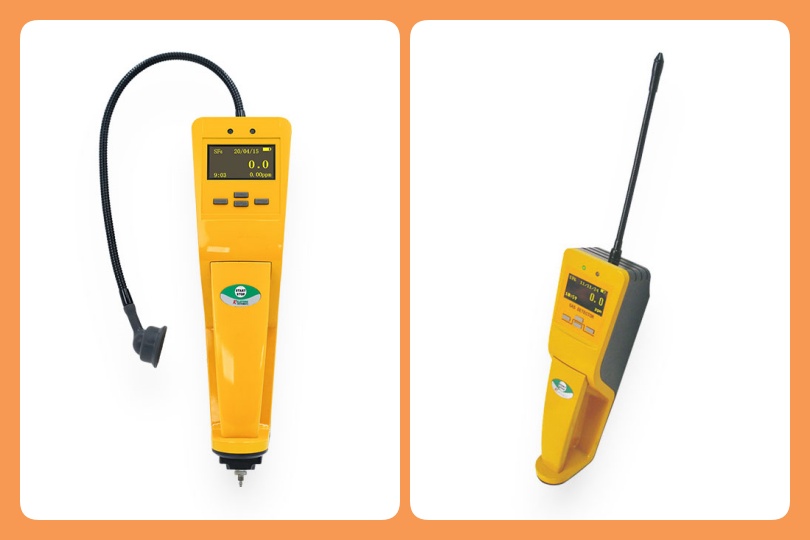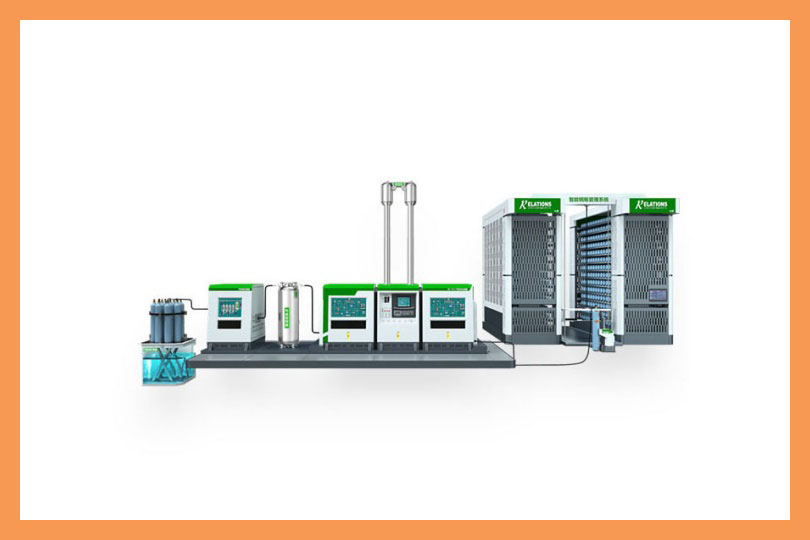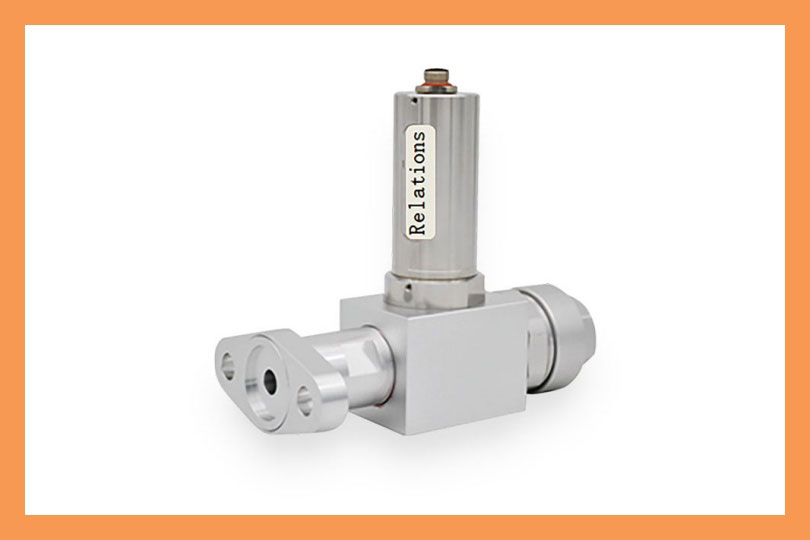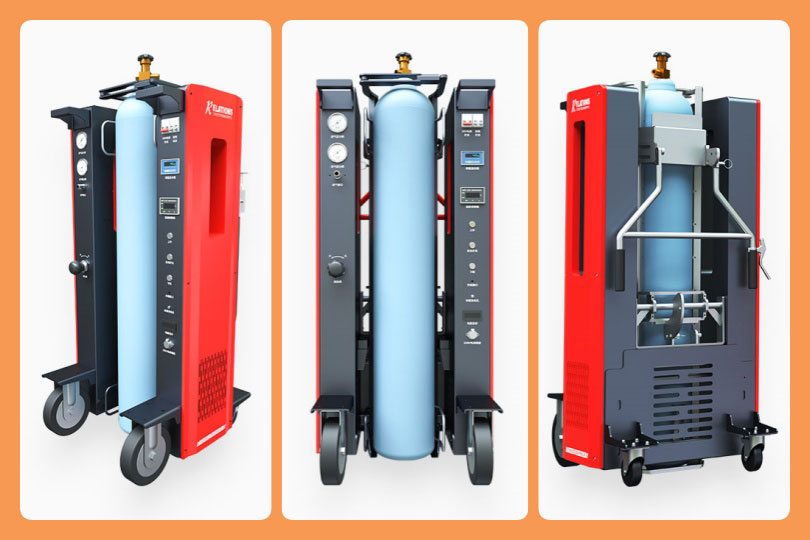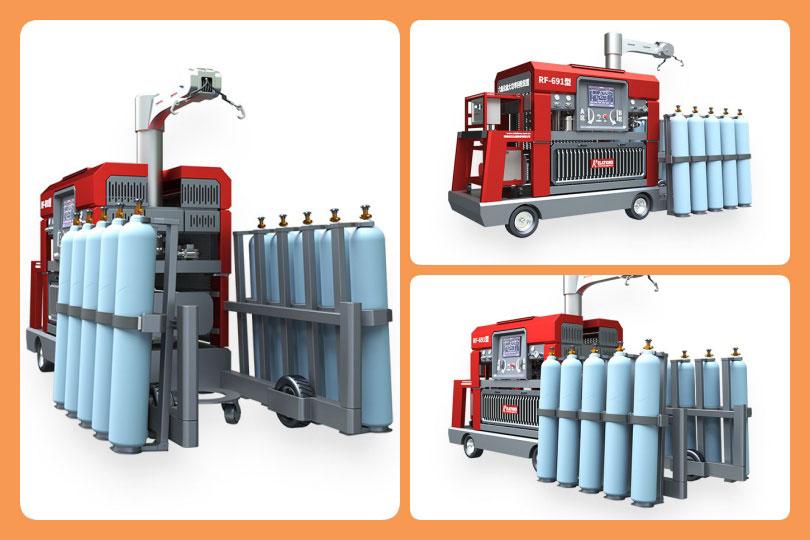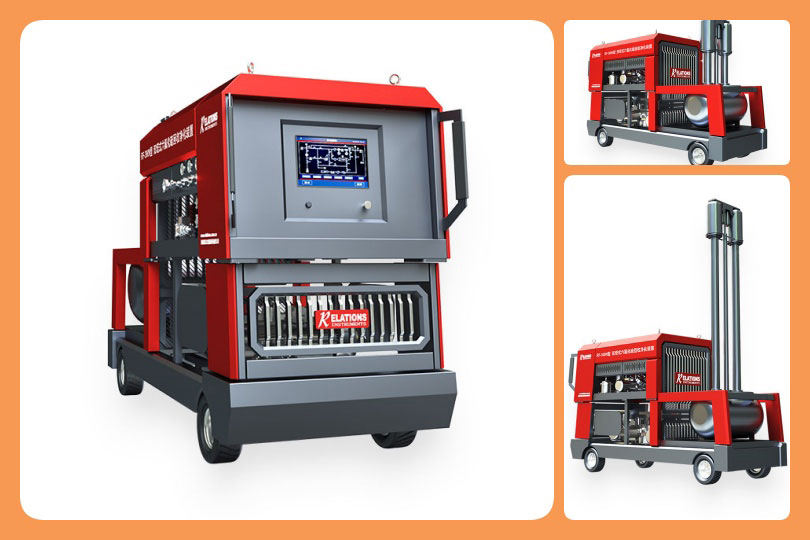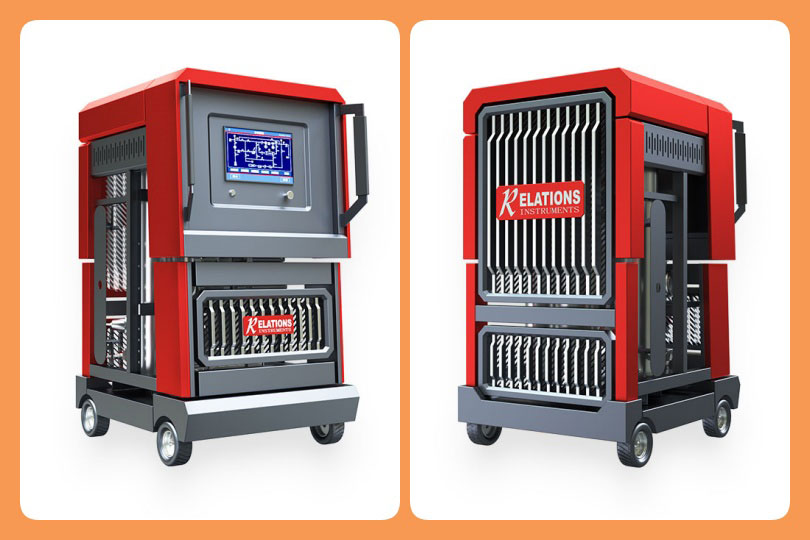What are the potential safety hazards of SF6 gas leakage?
Date
2025-06-19
[email protected]
Website
www.sf6gasdetector.com
Get Solutions And Quotes
What are the potential safety hazards of SF6 gas leakage?
SF6 gas leakage poses multiple potential safety hazards, particularly in industrial and power equipment contexts. Below is a detailed breakdown of these risks, structured to highlight their impacts and mechanisms:
1. Toxicity and Health Risks
Direct Toxic Effects: While SF6 itself is considered non-toxic under normal conditions, high concentrations can lead to oxygen displacement in enclosed spaces. This creates an asphyxiation risk, as reduced oxygen levels (below 19.5%) can cause dizziness, nausea, or loss of consciousness.
Decomposition Products: When SF6 is exposed to electrical arcs (common in power equipment), it decomposes into toxic byproducts like sulfur oxides (SO₂, SO₃), fluoride compounds (HF), and sulfuryl fluoride (SO₂F₂). These substances are irritants to the respiratory system, eyes, and skin, and prolonged exposure can cause severe health issues (e.g., pulmonary edema or chemical burns).
2. Explosion and Fire Hazards
Indirect Combustion Risks: Although SF6 is non-flammable, its decomposition products (e.g., HF) can react with moisture to form corrosive acids, which may damage equipment insulation. Compromised insulation increases the risk of electrical shorts, potentially leading to fires or explosions in power transformers, circuit breakers, or other high-voltage equipment.
Oxygen Depletion in Confined Spaces: In enclosed areas (e.g., switchgear rooms), SF6 leakage can displace oxygen to levels that support combustion less effectively, but the primary risk lies in equipment damage that triggers secondary fires.
3. Environmental and Climate Impacts
Potent Greenhouse Gas: SF6 has an extremely high global warming potential (GWP) of 23,500 (relative to CO₂ over a 100-year period), making it a significant contributor to climate change. Even small leaks accumulate over time, exacerbating environmental impact.
Regulatory Non-Compliance: Many regions (e.g., EU, U.S.) enforce strict regulations on SF6 emissions. Unchecked leakage can lead to penalties, legal liabilities, and reputational damage for organizations.
4. Equipment Damage and Operational Disruptions
Corrosion and Insulation Degradation: Decomposition byproducts (e.g., sulfur oxides and HF) are highly corrosive, attacking metal components, seals, and insulating materials in equipment. This reduces the lifespan of transformers, circuit breakers, or switchgear, leading to costly repairs or unexpected outages.
Reduced Electrical Performance: SF6 is widely used as an insulating and arc-quenching medium in high-voltage equipment. Leakage compromises its dielectric strength, increasing the risk of electrical failures (e.g., arcing or short circuits) that disrupt power supply or industrial processes.
5. Safety in Confined Spaces
Enhanced Asphyxiation Risk: In poorly ventilated areas (e.g., underground vaults or cable trenches), SF6 (which is denser than air) can accumulate near the floor, creating low-oxygen zones that are hazardous to workers entering the space. Without proper gas detection, workers may unknowingly enter these zones, risking suffocation.
6. Cumulative Effects and Hidden Dangers
Slow Leaks and Latent Damage: Even minor leaks (e.g., below 1 ppm) can gradually degrade equipment over time, leading to failures that may not be immediately apparent. This hidden damage increases the risk of catastrophic breakdowns during peak operation, endangering personnel and infrastructure.
Mitigation Strategies
To address these hazards, industries must prioritize:
Regular SF6 leak detection using tools like NDIR-based detectors (as mentioned in the article).
Proper ventilation in enclosed spaces.
Worker training on safe handling and emergency protocols.
Compliance with emissions regulations and equipment maintenance schedules.
By proactively managing SF6 leakage, organizations can safeguard personnel, equipment, and the environment while ensuring operational reliability.
Related Equipment
SF6 Gas Infrared Leak Detector
| Product Information | Details |
|---|---|
| Product Model | PGAS-32 Type |
| Product Name | SF6 Infrared Leak Detector |
| Indication Error | < 2%F.S |
| Sampling Method | Pump Suction Type |
| Operating Temperature | (-10 to +60) °C |
| Response Time | (1 to 5) s |

